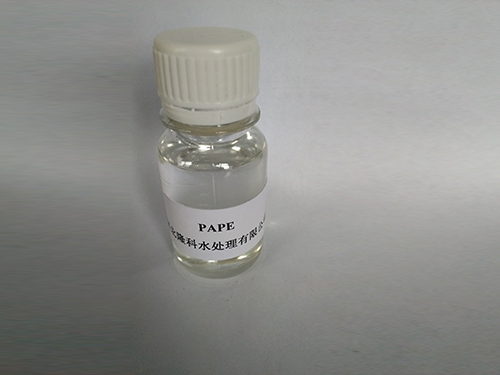diethylene triamine penta
The Role and Applications of Diethylene Triamine Pentaacetic Acid (DTPA)
Diethylene triamine pentaacetic acid (DTPA) is a versatile chelating agent that has gained significant importance in various fields, including medicine, agriculture, and environmental sciences. As a member of the amino polycarboxylate family, DTPA is valued for its ability to bind to metal ions, effectively forming stable complexes. This property makes DTPA crucial in both industrial applications and research domains.
Chemical Structure and Properties
DTPA is composed of a diethylene triamine backbone with five acetic acid moieties attached. This unique structure allows it to effectively interact with a wide variety of metal ions, including lead, cadmium, mercury, and others that can pose environmental and health hazards. The chelation process involves the formation of a cyclic structure that effectively encapsulates the metal ion, preventing it from reacting with other substances. This ability to sequester metals makes DTPA an invaluable tool in metal detoxification and remediation efforts.
Medical Applications
One of the most noted applications of DTPA is in medicine, particularly in treating heavy metal poisoning. In cases of lead or plutonium contamination, DTPA is administered to promote the excretion of these toxic metals through urine. The safety and efficacy of DTPA for medical use have been well documented, making it a standard treatment option in clinical settings.
Furthermore, DTPA is utilized in diagnostic imaging, specifically in nuclear medicine. It serves as a radiotracer in the form of DTPA complexes with technetium-99m, which is widely used for renal imaging. This non-invasive technique allows healthcare providers to visualize kidney function and diagnose various medical conditions effectively.
diethylene triamine penta

Agricultural Significance
In agricultural contexts, DTPA is employed as a micronutrient chelator. It aids in improving the bioavailability of essential metal ions like iron and zinc, which are crucial for plant growth. Many soils, particularly in arid regions, are deficient in these micronutrients. By applying DTPA, farmers can enhance nutrient uptake in crops, leading to better yield and increased food production. This is particularly valuable in sustainable agriculture, where the need for chemical fertilizers is minimized while improving overall crop health.
Environmental Remediation
DTPA's chelating properties make it an important agent in environmental remediation. It is used to mobilize heavy metals from contaminated soils and water, facilitating their removal through various treatment processes. This application is particularly relevant in industries that deal with hazardous wastes, as it can help in mitigating the adverse effects of metal contamination. By binding heavy metals, DTPA can aid in the soil and water treatment processes, reducing toxicity levels and promoting environmental health.
Conclusion
The significance of diethylene triamine pentaacetic acid extends across numerous fields, demonstrating its multifaceted utility as a chelating agent. From its critical role in medical treatments for heavy metal poisoning to agricultural applications enhancing nutrient availability, and its application in environmental remediation, DTPA is indispensable. As research continues to expand our understanding of metal ion interactions and the mechanisms of chelation, the applications of DTPA are likely to grow, driving innovation in health, agriculture, and environmental management. Its ability to bind to and remove harmful metals positions it as a key player in addressing some of the pressing challenges faced in contemporary society.
-
LK-319 Special Scale And Corrosion Inhibitor For Steel Plants: Advanced Solutions for Industrial Water SystemsNewsAug.22,2025
-
Flocculant Water Treatment: Essential Chemical Solutions for Purification ProcessesNewsAug.22,2025
-
Isothiazolinones: Versatile Microbial Control Agents for Industrial and Consumer ApplicationsNewsAug.22,2025
-
Scale Inhibitor: Key Solutions for Water System Scale PreventionNewsAug.22,2025
-
Organophosphonates: Versatile Scale Inhibitors for Industrial Water SystemsNewsAug.22,2025
-
Scale and Corrosion Inhibitor: Essential Chemical Solutions for Water System MaintenanceNewsAug.22,2025





